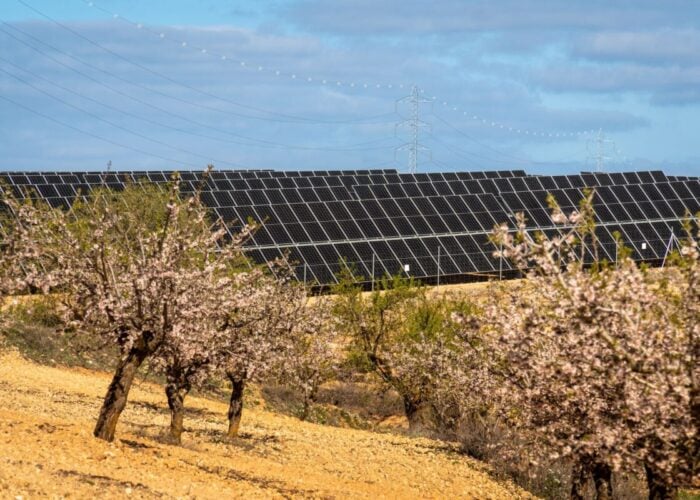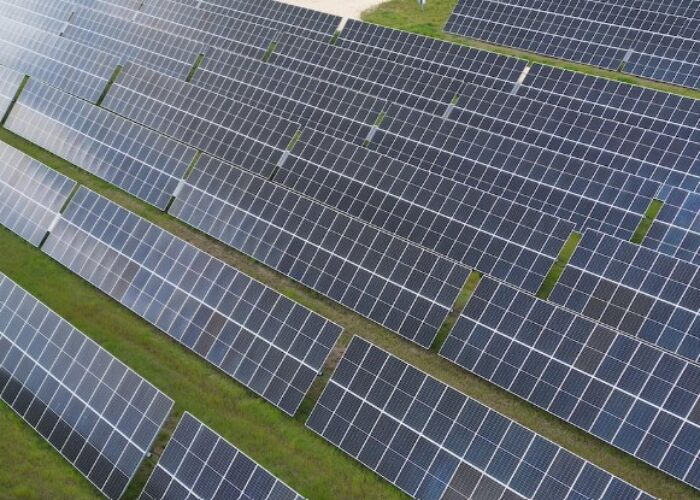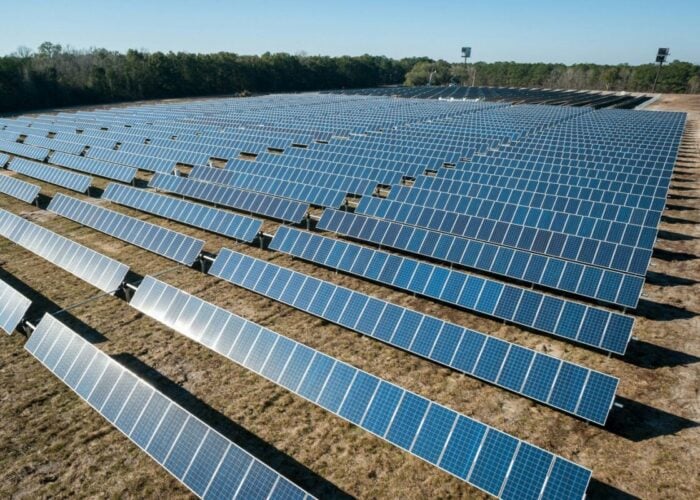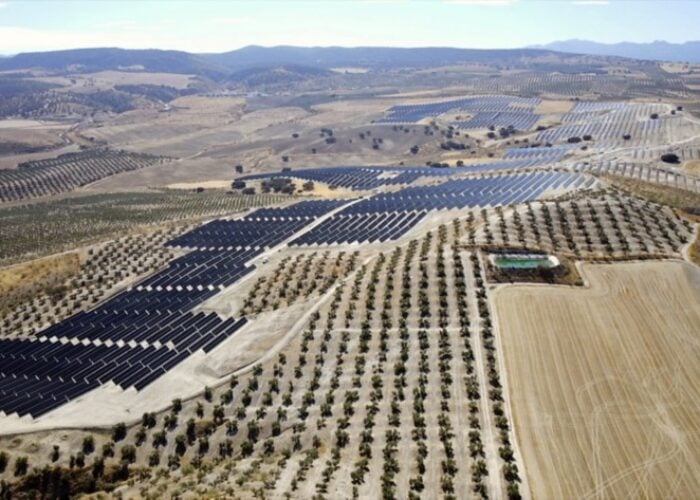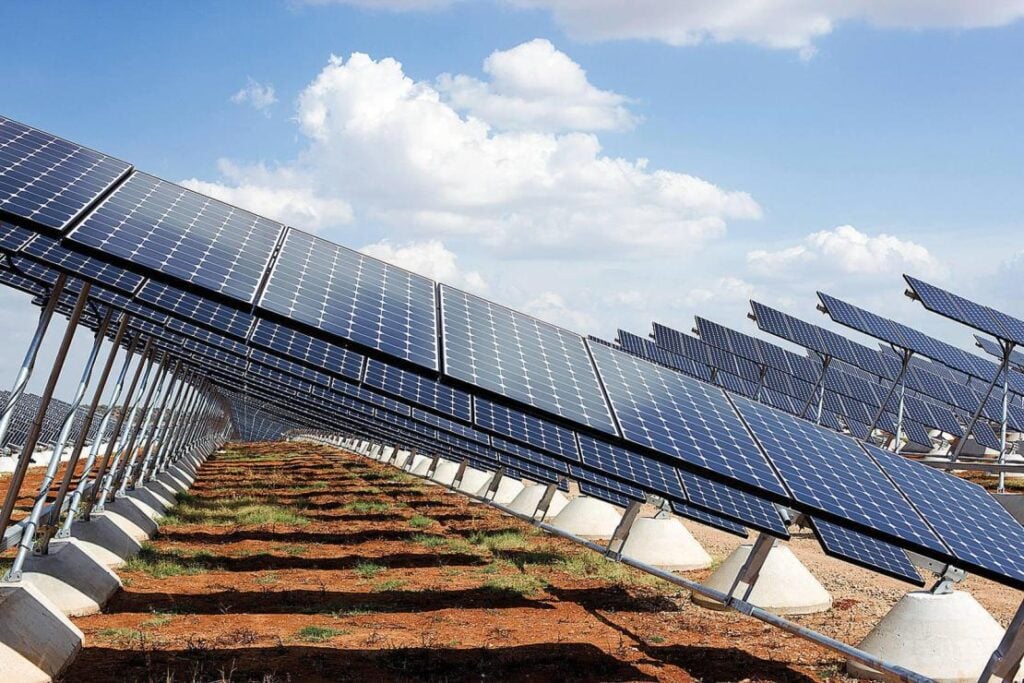
French power major TotalEnergies has commissioned its largest solar portfolio in Europe, a collection of five assets in Spain with a combined capacity of 263MW.
The projects, built near Sevilla, southern Spain, use bifacial modules and the company announced that “most” of the electricity produced will be sold to offtakers through power purchase agreements (PPAs). At this year’s Renewables Procurement & Revenue Summit, hosted by Solar Media in London, attendees discussed the role of PPAs in delivering Europe’s energy transition, and how, despite the need for greater mechanical refinement, they have become a “cornerstone” of the shift towards renewable energy.
Try Premium for just $1
- Full premium access for the first month at only $1
- Converts to an annual rate after 30 days unless cancelled
- Cancel anytime during the trial period
Premium Benefits
- Expert industry analysis and interviews
- Digital access to PV Tech Power journal
- Exclusive event discounts
Or get the full Premium subscription right away
Or continue reading this article for free
TotalEnergies noted that the remainder of the electricity produced at the Spanish portfolio will be sold on the wholesale market.
“We warmly thank the Spanish authorities at both the regional and national levels for supporting this solar project that is contributing to Spain’s ambition of 80% of renewables in its mix by 2030”, said Olivier Jouny, senior vice president of renewables at TotalEnergies.
The company employs almost 1,800 people in Spain, and has ambitious plans for its solar activities in the country, having announced 3GW of solar capacity under development in Spain in 2020. The news also follows TotalEnergies’ divestment from a US solar portfolio and acquisition of a German renewables developer, as the company refocuses its efforts on its European portfolio.
According to the company’s own figures, the world is on track to increase its annual solar generation by more than ten times between 2022 and 2050, with annual generation to increase from 1,305TWh to 14,218TWh. This would make solar the second-largest form of electricity generation, with close to double the generation of the most productive fossil fuel, gas.
However, TotalEnergies’ own “rupture” scenario, a forecast in which the world will limit temperature increase to less than two degrees Celsius by 2100, calls for even more ambitious renewable power installations. This scenario will need annual solar electricity generation to reach 23,929TWh by 2050, more than quadruple the 5,622TWh generated by wind, which is also the most productive fossil fuel in this scenario.
This week, TotalEnergies also announced the start of work on another project, an 80MW solar plant in Angola. The Quilemba PV plant will be commissioned in two phases, with 35MW and 45MW of capacity, respectively, and TotalEnergies expects to commission the project in the first half of 2026.
The project will be the largest privately-owned PV plant in Angola, and the addition of new generating capacity in regions not historically leaders in the solar sector will be necessary if the world is to meet the renewable energy deployment goals in its 2050 targets.

